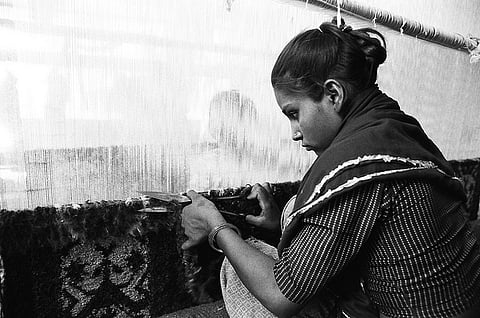Lewis-Kuznets meet Gandhi-Ambedkar
In the run up to the 2019 Indian general elections, one of the hotly debated topics is the question of jobs and high unemployment, a factor that could impact the polls. A report by the Centre for Sustainable Employment at the Bengaluru-based Azim Premji University sheds much needed empirical light on these debates. Published in September 2018, 'State of Working India 2018' documents employment patterns over the last few decades and the ongoing structural transformation of India's economy, from agriculture and informal activities to manufacturing. The report uses data on gender, caste and region to ask the question: "how has India fared?" In the following excerpt from the report, the authors unpack this by looking at how development processes often seen in industrialising societies are unfolding in 21st-century India. The accompanying infographics provide a visualisation of the state of India's workforce.
In 1947, the newly independent India inherited an economy ravaged by decades of British colonial rule. Seventy years on, there is much success to show. The first forty years of independent India saw the foundations laid for a modern economy and solving the employment question was central to these efforts. Since the 2000s, India's growth has accelerated. However, many difficult tasks still lie ahead, principally that of achieving structural change.
In an economy with a large agricultural as well as a large informal sector, structural change has two aspects to it. The first is the movement of the workforce away from agriculture towards manufacturing and services. Since this stylised fact of the development process is often associated with the economist Simon Kuznets, we refer to it as the Kuznets Process. Owing to factors such as lack of formal education as well as other barriers to entry in the formal sector, the movement is most often into informal manufacturing or services.

